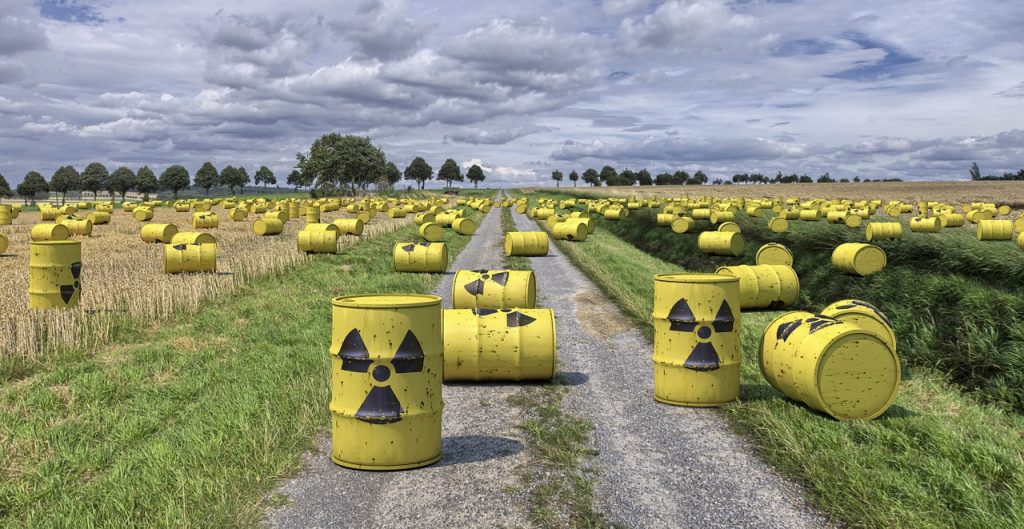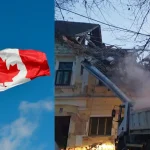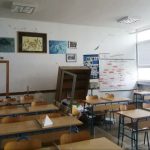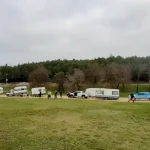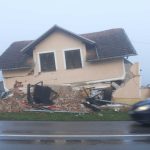This was stated during a debate in the Bosnia and Herzegovina parliament on Monday, with Snježana Cvijić Amulić, who is the Republika Srpska Seismological Institute’s official in charge of observational seismology, said that the energy released by the earthquake that struck Petrinja was such that the existing projections of seismic activity would have to be revised both on the Croatian and the Bosnian side of the border.
“We can no longer talk about the maximum eight but the maximum nine degrees on the Mercalli scale (in) the most critical seismic location,” Cvijić Amulić said during the debate, organised by the Greens parliamentary group.
The debate was yet another event held as part of a campaign in Bosnia and Herzegovina geared towards preventing the construction of the radioactive waste disposal site at Trgovska Gora in Dvor municipality, near the border with Bosnia and Herzegovina.
The underground storage facilities that are part of the former Čerkezovac barracks should be repurposed for the storage of low and medium radioactive waste.
As of 2020 the management of the former barracks has been within the remit of the Croatian Fund for financing the decommissioning of the Krško Nuclear Power Plant (NEK) and the disposal of NEK radioactive waste and spent nuclear fuel.
That fund has been tasked with determining if the location is suitable for that purpose by making an environmental impact study, to include geological, geohydrological, geomorphological, ecological, seismological and other exploratory activities.
Only if the research shows that the project will not have a negative impact on the environment will the procedure be launched to obtain a building permit.
The Croatian towns of Dvor and Petrinja, too, have opposed the project.
BiH Foreign Trade and Economy Minister Staša Košarac said today that in the worst-case scenario his country could seek international arbitration.

